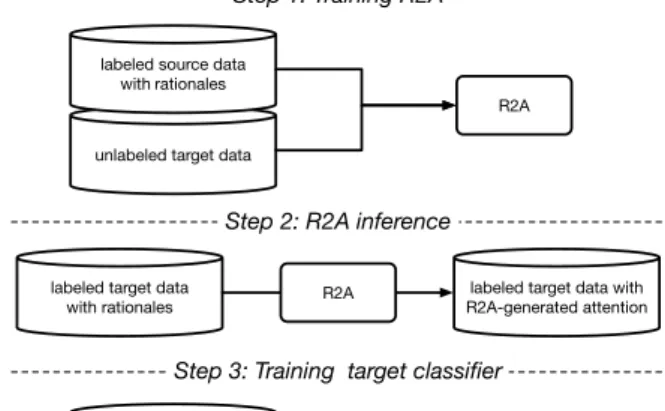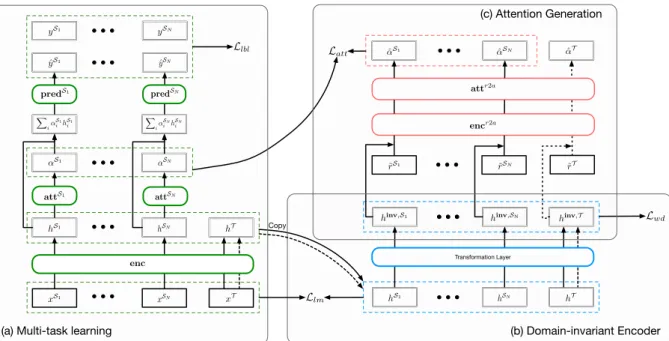Deriving Machine Attention from Human Rationales
Texte intégral
Figure




Documents relatifs
Regarding the experimental results carried out on the training set, the best accuracy result for the English dataset (84.8%) was obtained by LinearSVC using 2,000 word
Training data for Twitter bots and gender detection task [9] in PAN 2019 consists of tweets from different Twitter users.. This dataset was made available for two languages
The best results for the task of determining whether the author is a bot or a human in English were obtained using SVM with char n-grams with range (1, 3) and word n-grams with
In this paper, we describe the approach to detect bot and human (male or female) out of the authors of tweets as a submission for Bots and Gender Profiling shared task at PAN 2019..
The provided training dataset of the bots and gender profiling task [14] at PAN 2019 consists of 4,120 English and 3,000 Spanish Twitter user accounts.. Each of these XML files
Keywords: Authorship Attribution, Author Identification, Content-based Features, Style-based Features, Supervised Machine Learning, Text Classification.. 1
Given that, the features used to classify texts by gender will be the same selection of character n-grams used in language variety, but considering only the amount of grams relative
Our system employs an ensemble of two prob- abilistic classifiers: a Logistic regression classifier trained on TF-IDF transformed n–grams and a Gaussian Process classifier trained

